Equipment
Avian Golf: Is this the fitting system for the masses?
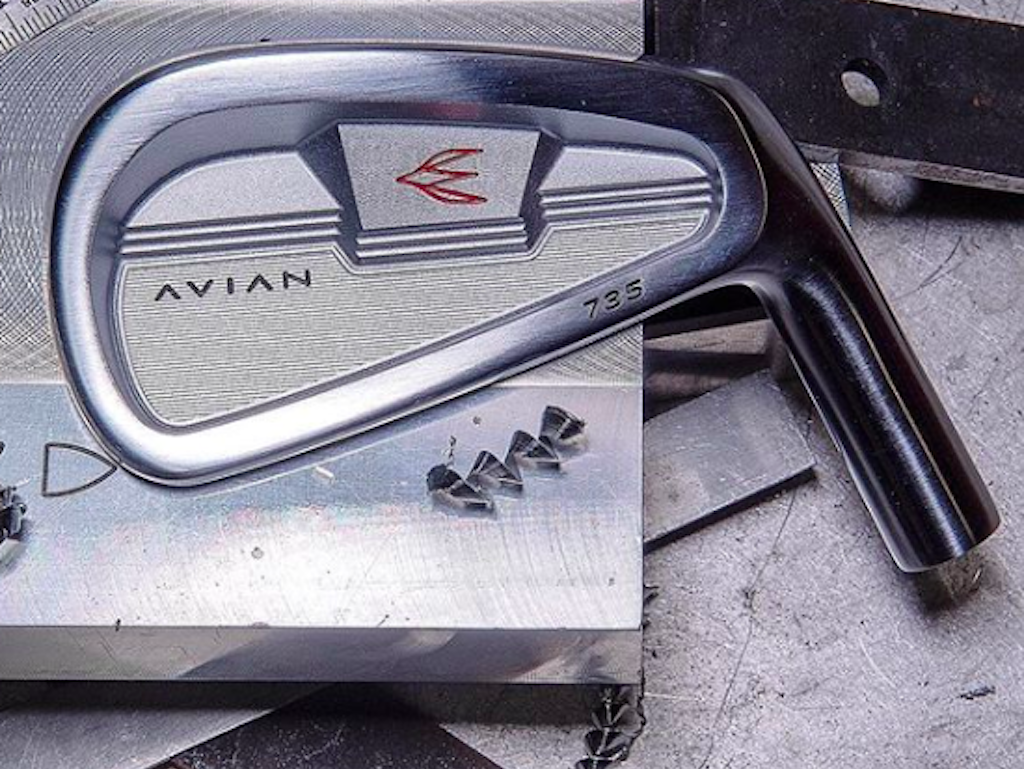
I have known Jay Turner of Avian/Red Bird for over 30 years. He built the first set of golf clubs I ever owned—it was a set of Red Birds, and if you grew up in Seattle around Jefferson Park or Rainier G&CC, you will know the name well. It was a big part of growing up in the Emerald City.
I’ll get back to Jay in a moment.
In this job, I have the opportunity to experience multiple fitting systems, theories, etc. Even to this day, the Ping Color Code fitting system is the only one I have gone through where my clubs came in and there are no tweaks needed. Literally none. Not sure if that’s psychological or brilliance on Ping’s part. I just know what I have experienced.
The game has changed since Ping color codes, with companies like TXG, True Spec, and Club Champion taking custom fitting to the next level—golf equipment customization has never been in a better spot. Some of the fitters out there like TXG’s Ian Fraser are absolute wizards at this stuff.
But what about getting it right for the person who won’t go to a fitter or lives in a town where there aren’t facilities around? Whether its logistics, financial constraints, or lack of interest, most golf consumers don’t get fit in any capacity. If you follow any of my content, you will know I believe that to be a serious problem.
So what’s the solution?
On a trip to Seattle a couple of years ago, I went in to see my old friend Jay, and he showed me his fitting system, and I must say: If there was an agnostic way to fit the masses (anyone, anywhere) this may be it. Now, is it to the level of nuance as a TXG or True Spec? No, it’s not. It’s not supposed to be. Different movies altogether.
The point here is this may be the way to get all golfers in the right ballpark (if not spot-on) in a way that is easy enough for the consumer to execute.
I could try and explain the system to you in my own words, but I thought it better to have Jay explain.
JW: Your fitting system was developed to fix what in the industry?
JT: To bring a scientifically based system to fitting that was based on stable, quantifiable elements that weren’t by opinion and guesswork to determine the optimum fit for all golfers.
We developed our fitting system to provide a biomechanically sound solution for length and lie angle (size) for golfers of all shapes and sizes, that could be applied in a systematic fashion that would provide solid fit for each individual golfer, facilitating an environment of sustainable improvement as a result.
I believe good teachers can teach, with that said, our job becomes one of our fitting players in a biomechanically sound way to accommodate their instruction and enable positive changes to movement patterns.
JW: What were the issues you saw?
JT: An abundance of anecdotal methods based on opinion and not science. They are predominantly swing based that are inconsistently interpreted, rely on trial and error, are based on flawed principles and judgment. There is a general lack of understanding with regard to length and lie angle throughout the industry and how it affects motion and efficiency.
JW: In comparison to now-popular fitting systems, what are the differences and how Is your system “better” in your opinion?
JT: Our system is different and better first and foremost, as it is based on science. It calculates a solution based on stable elements (individual physical dimensions). All other systems are trial, and error based, and subject to swing flaws and judgment. When you add in swing inconsistency, you have a recipe for guesswork. Our system provides a length and lie angle solution that addresses both vertical height as well as ball spacing. No other system systematically does this.
Also, how do you fit a player who’s never played using a swing-based method? You can’t. Our system can as we don’t need a swing.
JW: Explain your system soup to nuts
JT: Our system starts with YOU.
We determine your relevant physical measurements.
We enter them into our patented dimensional fitting system, which factors your measurements for proportional change, dynamic change, which occurs as one goes from address to impact, resulting in a balanced solution for length and lie angle, (size).
Our solution provides a size solution that will facilitate proper address posture, facilitating optimum swing motion, resulting in solid golf shots that go where intended.
Basically, an environment of sustainable improvement is created.
JW: Is your system better served for face to face or can you fit properly remotely?
JT: BOTH, our system works equally well in an in-person setting as well as a remote situation. Our system is dependent on precise measurements in both cases. In a face to face setting, length and lie angle are determined in less than two minutes, eliminating the trial and error associated with the “here, try this” guesswork that pervades the industry.
Face to face, our system leaves more time to determine the best club model, combination of irons, hybrids, and woods as well as shaft model, flex, etc.
In the remote setting, we are able to fit golfers on a global basis. They need an internet connection, a 36” yardstick, and 10 minutes of time to answer seven questions related to their physical size and 10 questions addressing their golf game and desires to provide the initial recommendation.
During the last three weeks of the pandemic, we’ve fit and shipped sets all over the globe—Washington, Argentina, UK, California, Hawaii, New York, Utah, Minnesota, Arizona, and Florida.
Proof of concept, regarding the remote viability of our system: Our system provides a consistent, scientifically based solution for length and lie that is totally free of subjectivity.
JW: What misinformation in the industry drove you to develop the system?
JT: Many factors drove me to develop our system, probably the biggest motivating factor was frustration that arose with the inconsistency and lack of understanding throughout the industry with regard to fitting length and lie (size) and its importance as it relates to individual performance.
Most manufacturers in the golf industry order and have clubs built before they even know who their customer is. This is a “one size or at best, a few sizes fits all” mentality, which is not an accurate picture of reality.
An analogy I use to explain this is, that of shoes, you could theoretically go out and buy the best running shoes made, but if you bought the wrong size and they didn’t fit, you would struggle and your effort would be less than your best
The same is true with golf clubs, if they don’t fit well, you are going to struggle. The exception being the majority of tour players, who have the capacity to intuitively make adjustments and make a less than optimum fit function. Still, this is not an optimum situation, the universal truth being, if it fits better, it will produce better results.
JW: Is it best served to irons and wedges?
JT: Both, as well as hybrids and fairway woods. With any club you hit off the ground, length and lie angle is critical. Correct length and lie angle become more important with regard to directional accuracy as loft increases, as compound angle increases. That said proper length and lie angle is very important for drivers as well as the optimum fit will create the best impact condition which will result in the most distance and best control.
Most drivers are too long, more clubhead speed is not the answer by itself. Longer length is shorter and less accurate, much of the time. If longer drivers were better, tour players would all be at 48”, they’re not.
JW: If you could add more to your system what would it be?
JT: A way to guarantee the accuracy of the answers. Accurate answers equal precise fits.
Also, a greater understanding of the importance of correct length and lie angle and its relationship to better performance.
If players are fit better, they play better, and they will have the capacity to improve. I’ve seen this firsthand over the past 40 years. Golf is a difficult game, and it becomes infinitely more difficult when one’s equipment doesn’t fit properly.
JW: What common flaw in the fit of a club do you commonly see? Lie angle? Length?
JT: Too heavy a reliance on lie angle without enough consideration of length. Ball spacing is compromised as a result. Clubs with incorrect length, create all kinds of swing flaws and inconsistency.
If the size is wrong, a difficult game becomes infinitely harder, golfers have less fun, they quit, play drops and the game shrinks.
Sadly, conversations revolving around the importance of proper length and lie angle, are not as sexy as the “7-iron with 4 iron loft,” that produces the occasional 195-yard shot, or the latest driver designed with ai or speed injected faces, magic thermoplastic inserts, etc. The battle is one of awareness as to what really is relevant.
Hopefully, this can shine some light on something that’s critically important and often overlooked. If we can help golfers enjoy the game more, we’ve succeeded.
—–
Interesting take from a person I know and respect. Do I agree with everything he says? No. But there is a version of this that could really help the consumers, especially at retail. JT is onto something here—that much I’m certain of.
- LIKE129
- LEGIT37
- WOW10
- LOL1
- IDHT0
- FLOP0
- OB0
- SHANK4
Whats in the Bag
Steve Stricker WITB 2024 (April)
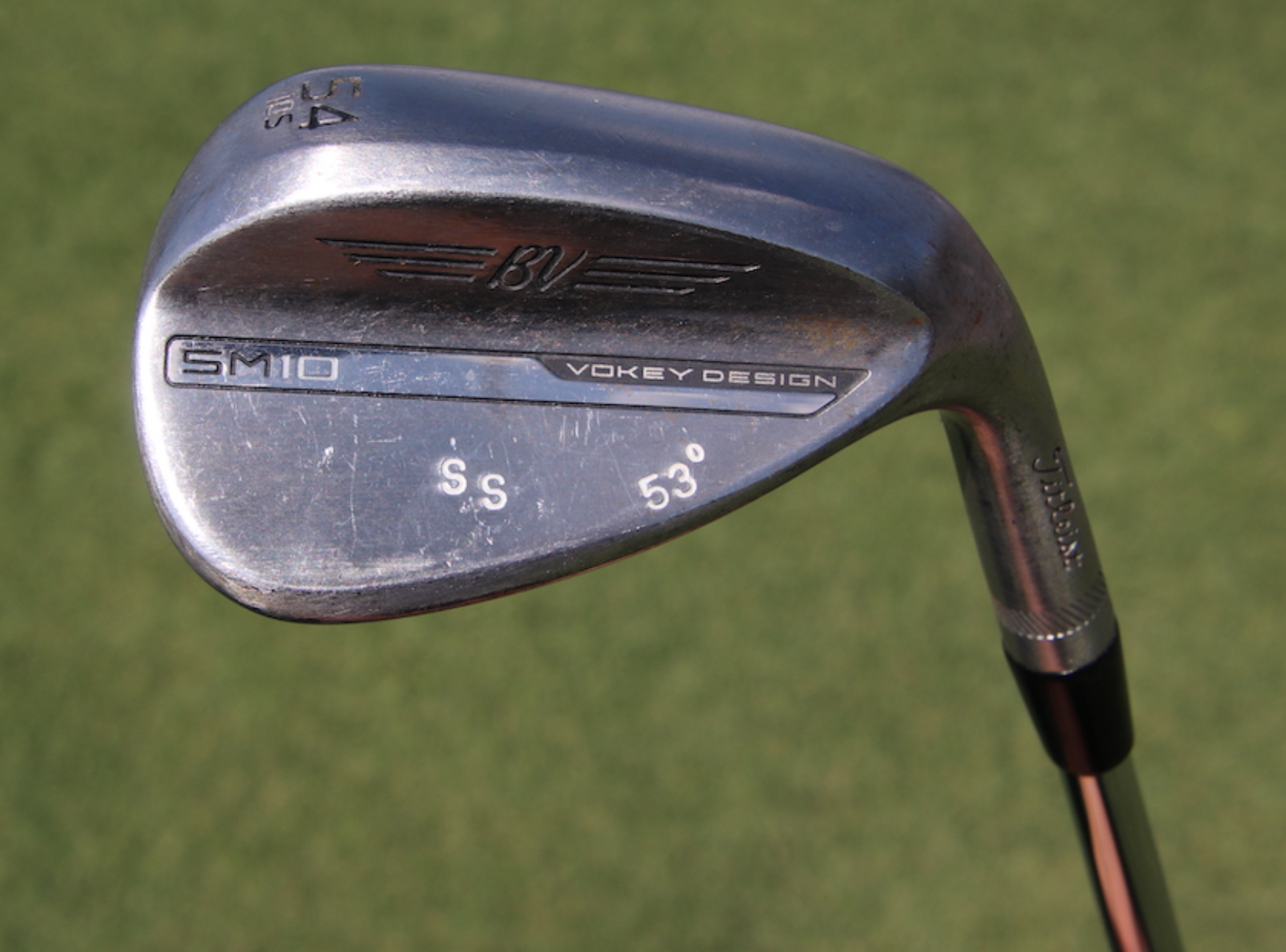
- Steve Stricker WITB accurate as of the Zurich Classic. More photos from the event here.
Driver: Titleist TSR3 (9 degrees, C4 SureFit setting)
Shaft: Fujikura Motore Speeder VC 7.2 X
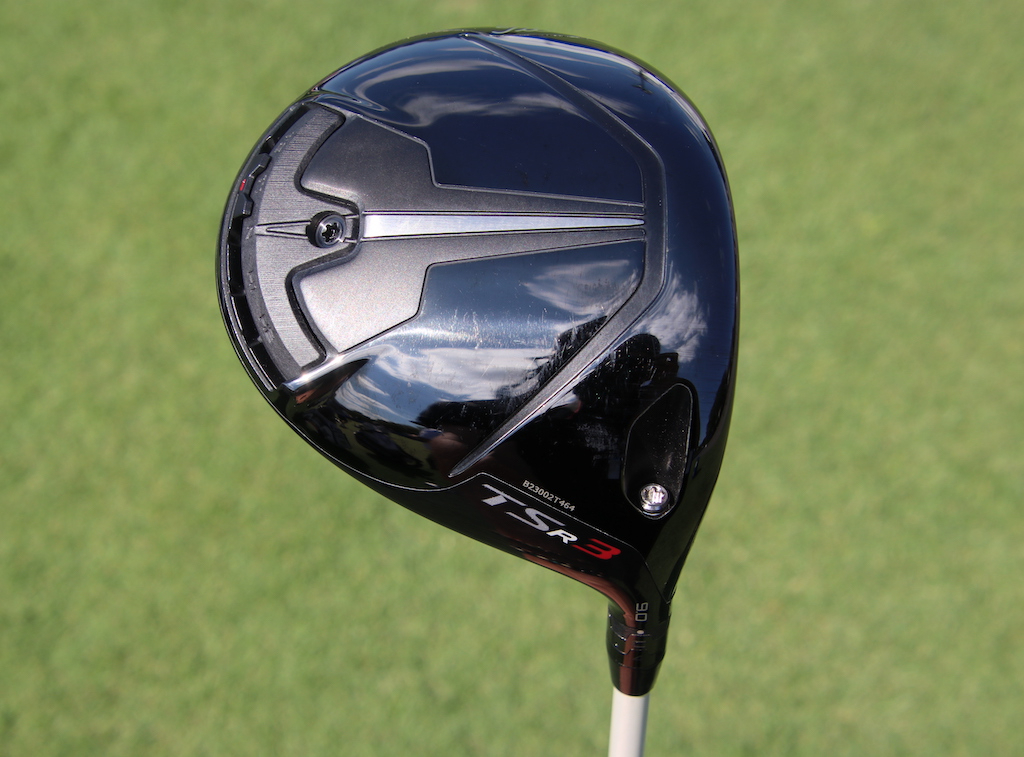

3-wood: Titleist 915F (13.5 degrees)
Shaft: Mitsubishi Tensei CK Pro White 80 TX
Hybrid: Titleist 816 H1 (17 degrees)
Shaft: Fujikura Motore Speeder VC 9.2 X
Irons: Titleist T200 (3, 4), Titleist T100 (5-9)
Shafts: Project X 6.5
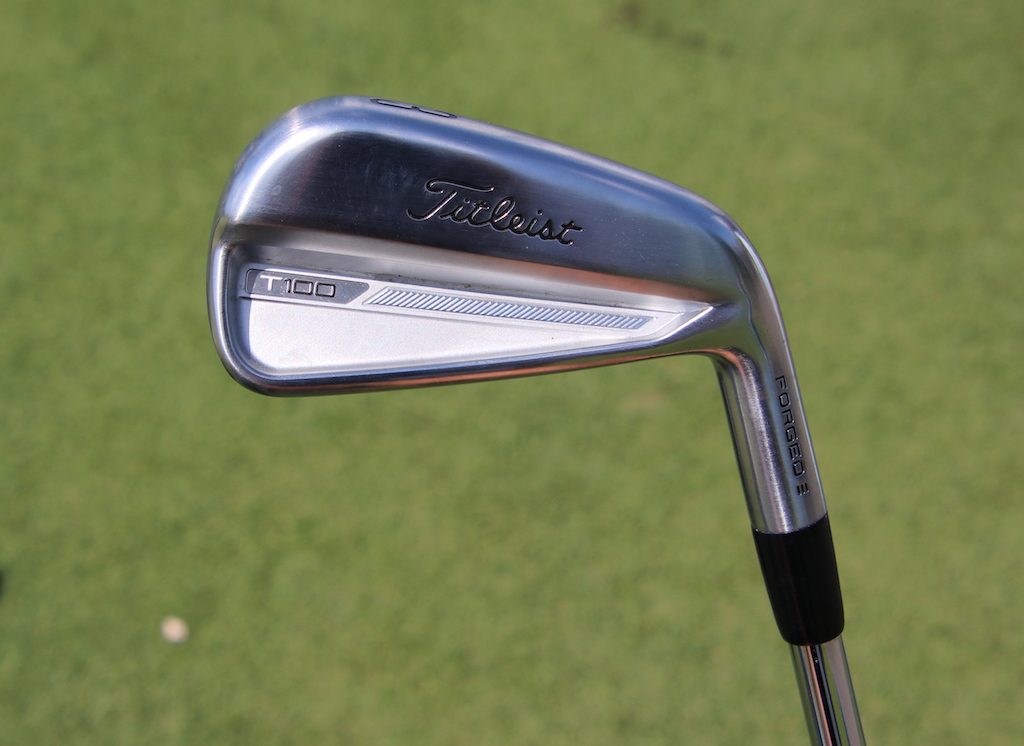
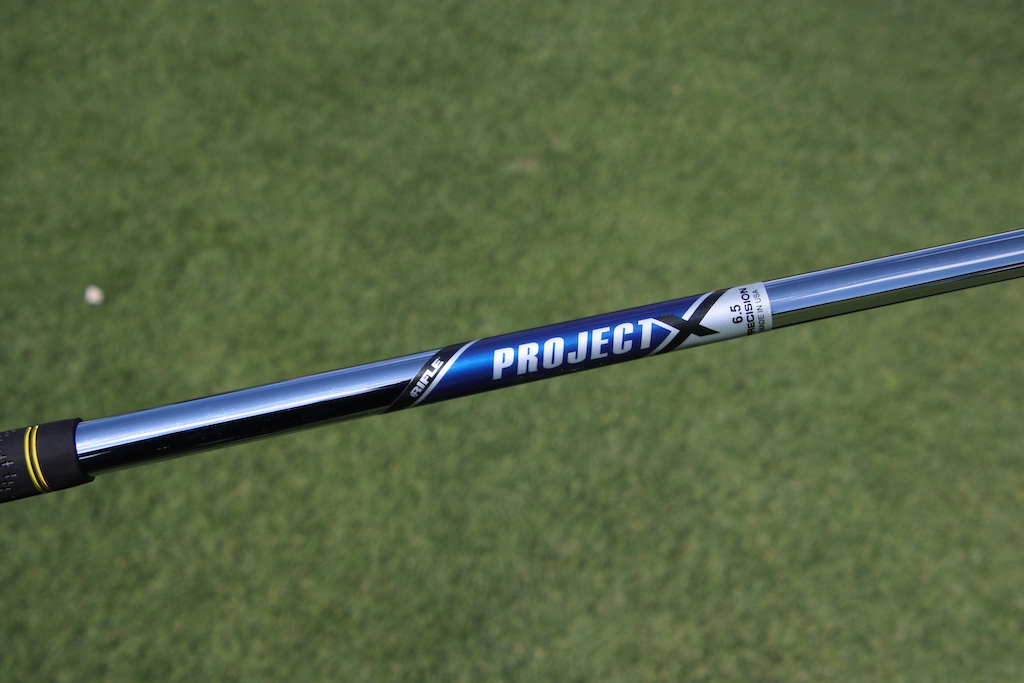
Wedges: Titleist Vokey SM8 (46-10F @55), Titleist Vokey SM10 (54-10S @53), Titleist Vokey SM4 (60 @59)
Shafts: True Temper Dynamic Gold X100 w/Sensicore
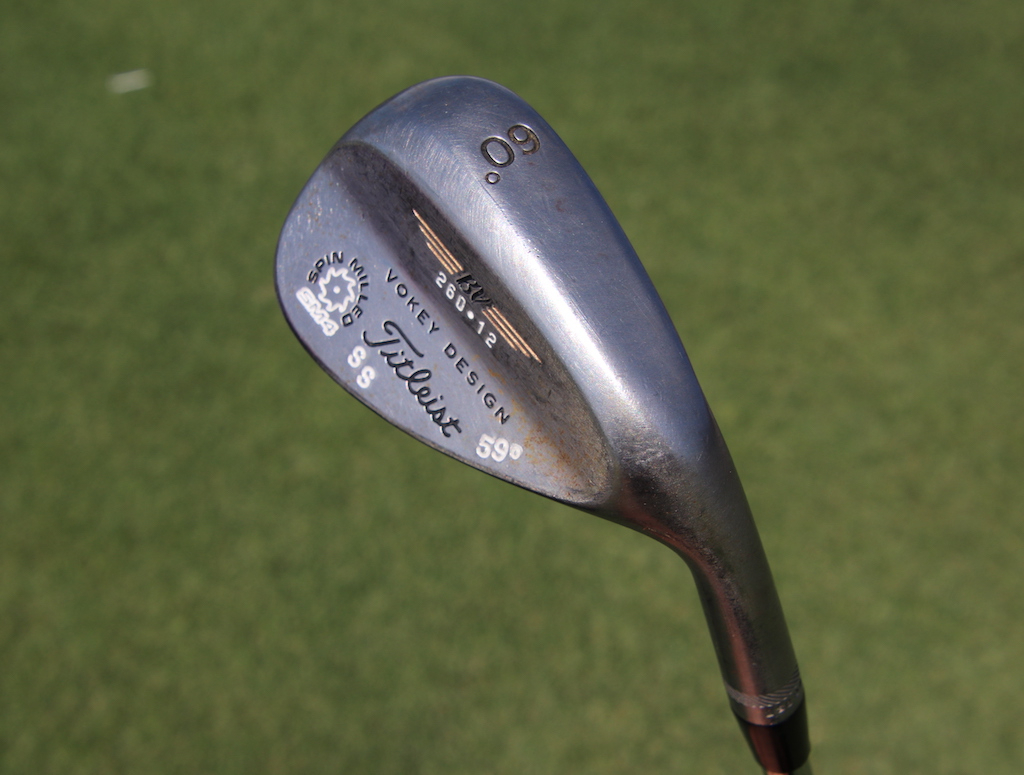
Putter: Odyssey White Hot No. 2
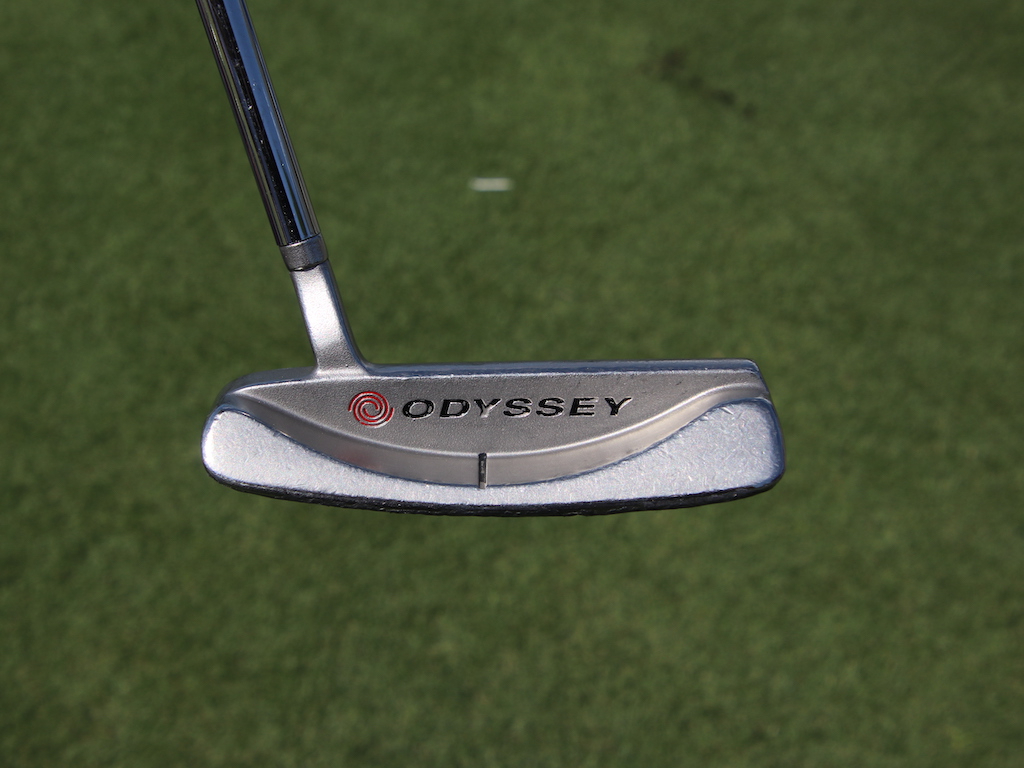
Ball: Titleist Pro V1x
Grips: Golf Pride Tour Velvet Grip Rite
Check out more in-hand photos of Steve Stricker’s clubs here.
- LIKE17
- LEGIT2
- WOW0
- LOL0
- IDHT1
- FLOP0
- OB0
- SHANK0
Whats in the Bag
Alex Fitzpatrick WITB 2024 (April)
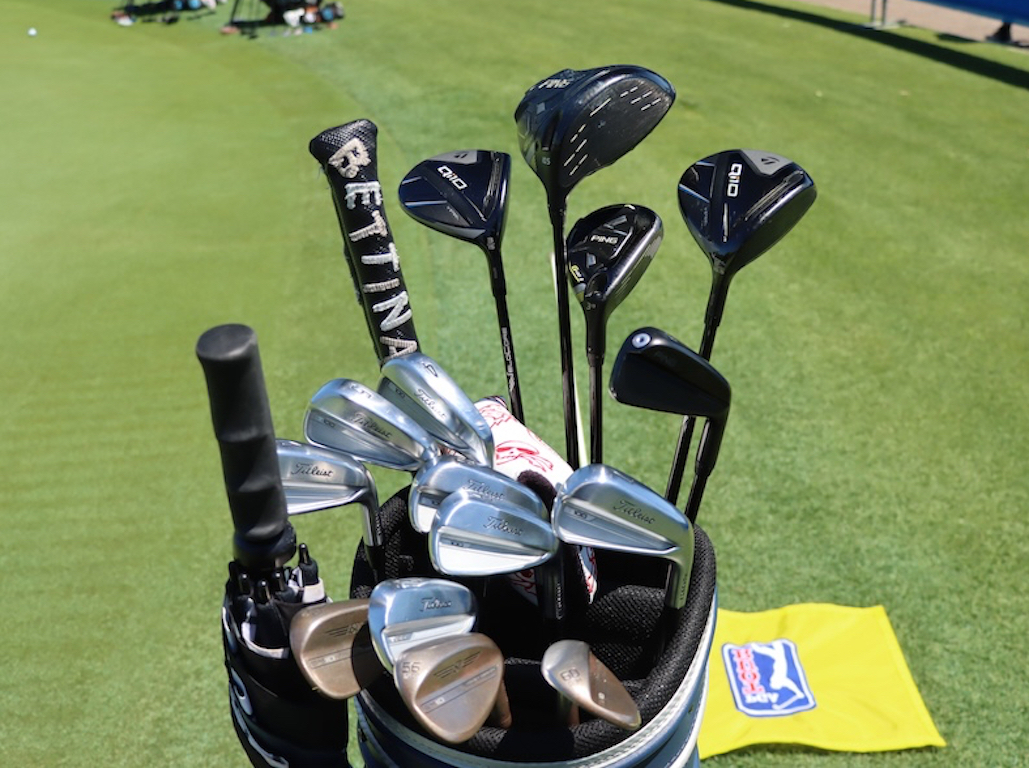
- Alex Fitzpatrick what’s in the bag accurate as of the Zurich Classic.
Driver: Ping G430 LST (10.5 degrees)
Shaft: Fujikura Ventus Black 6 X
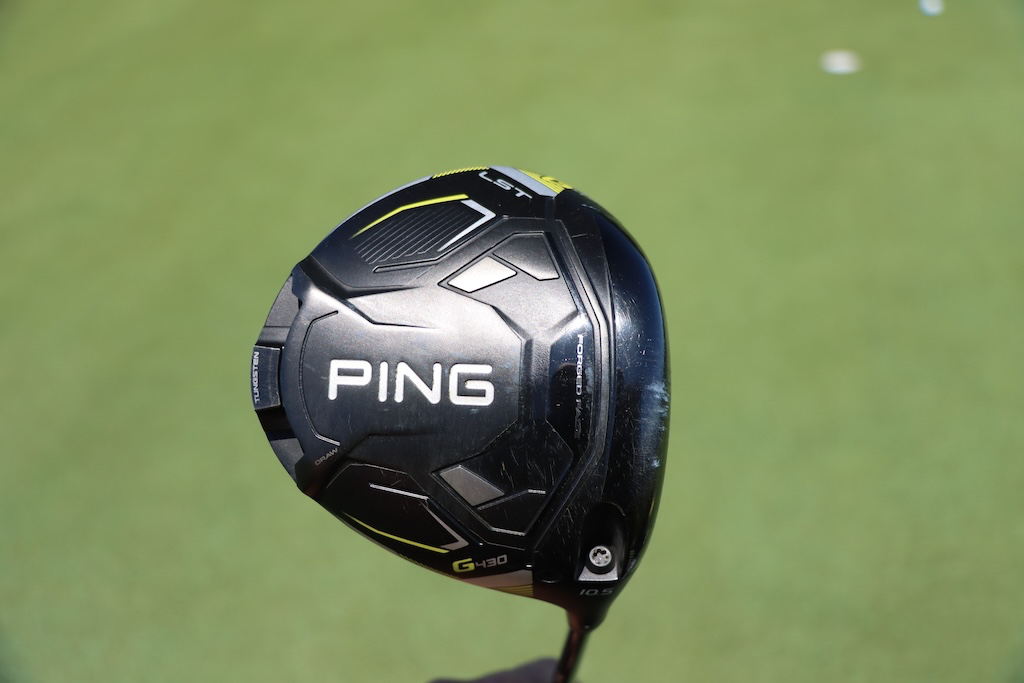
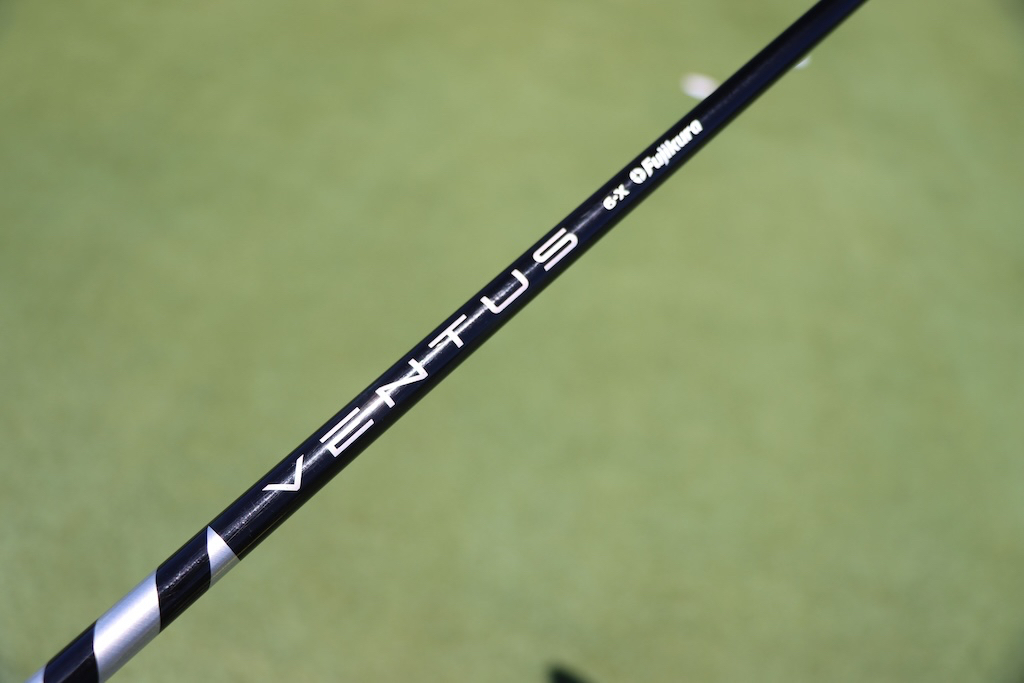
3-wood: TaylorMade Qi10 (15 degrees)
Shaft: Fujikura Ventus TR Black 7 X
Hybrid: Ping G430 (19 degrees)
Shaft: Fujikura Ventus Black HB 10 TX
Irons: Ping iCrossover (2), Titleist T100 (4-PW)
Shafts: Fujikura Ventus Black HB 9 TX (2), Nippon N.S. Pro Modus 3 Tour 120 X (4-9)
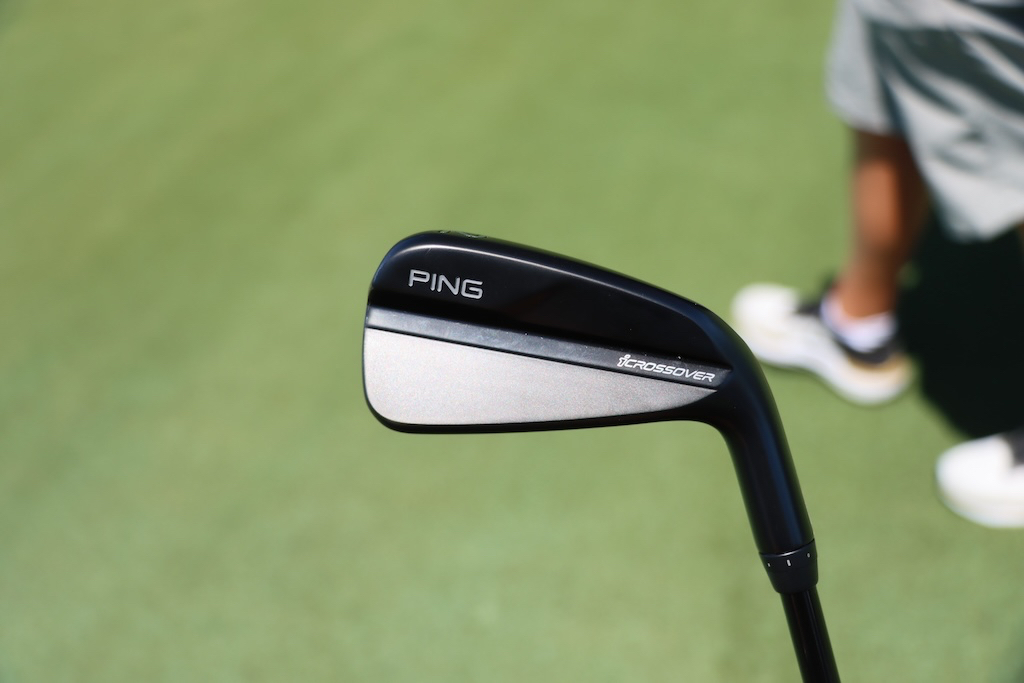
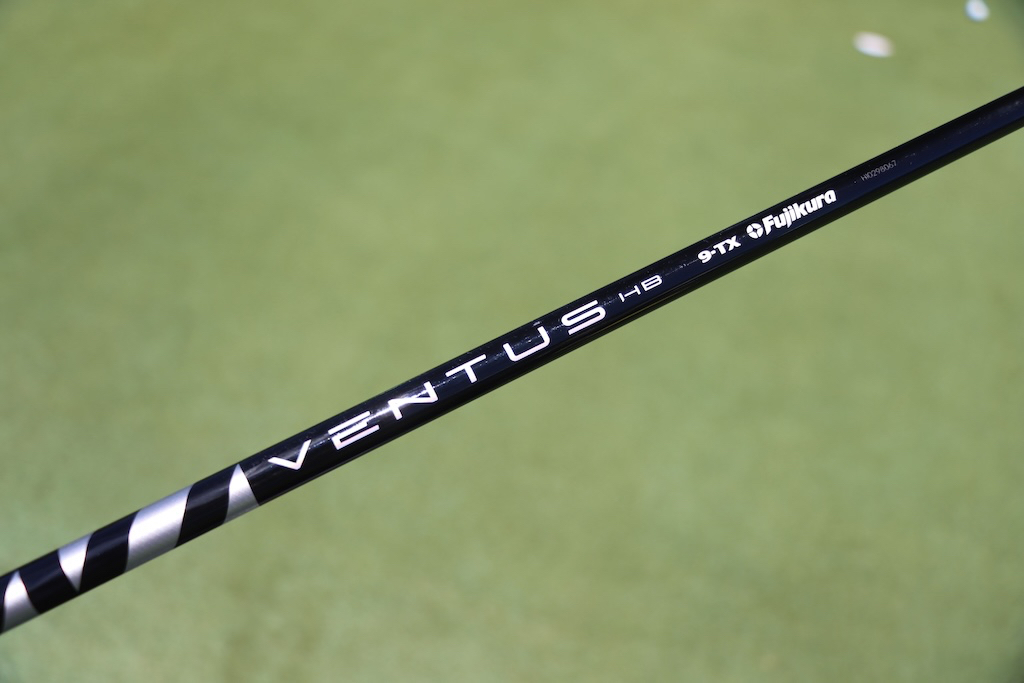
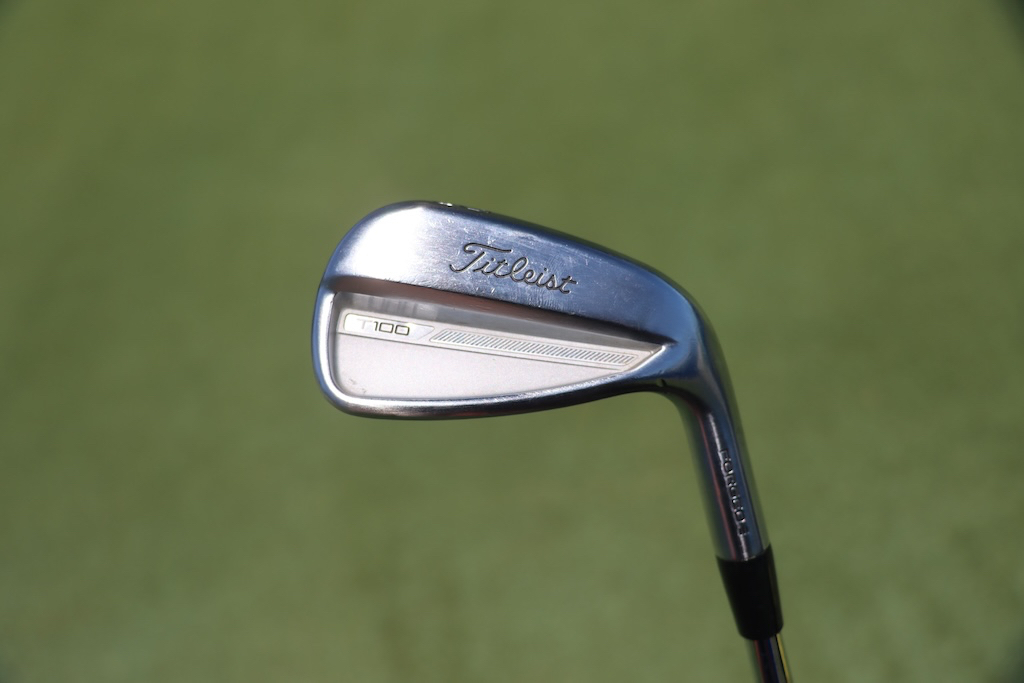
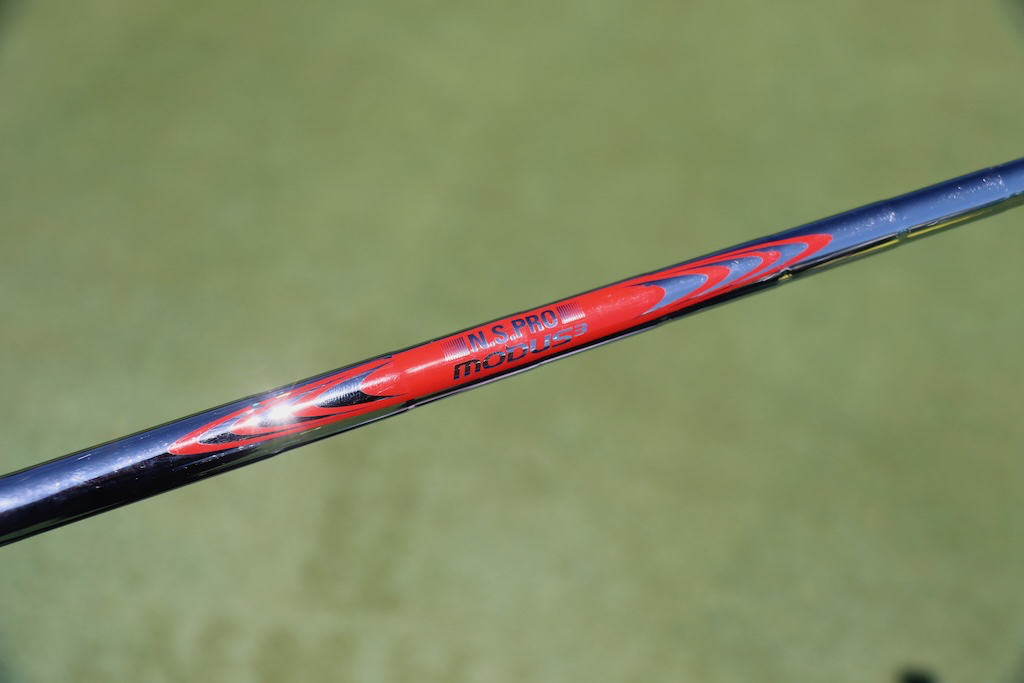
Wedges: Titleist Vokey Design SM10 (50-12F, 56-12D, 60-08M)
Shafts: Nippon N.S. Pro Modus 3 Tour 120 X
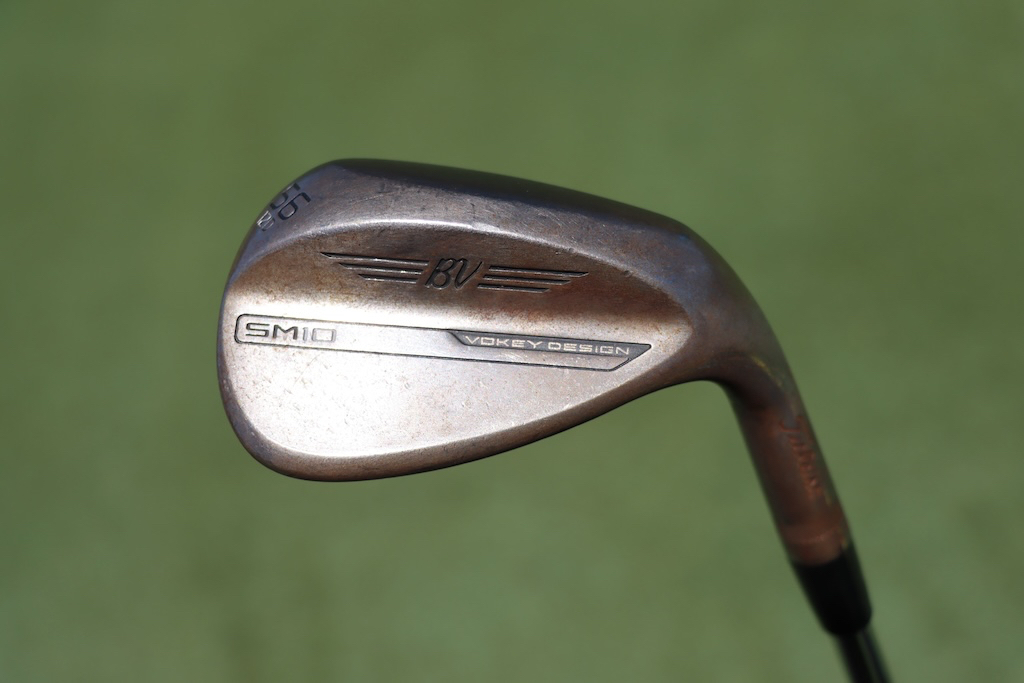
Putter: Bettinardi SS16 Dass
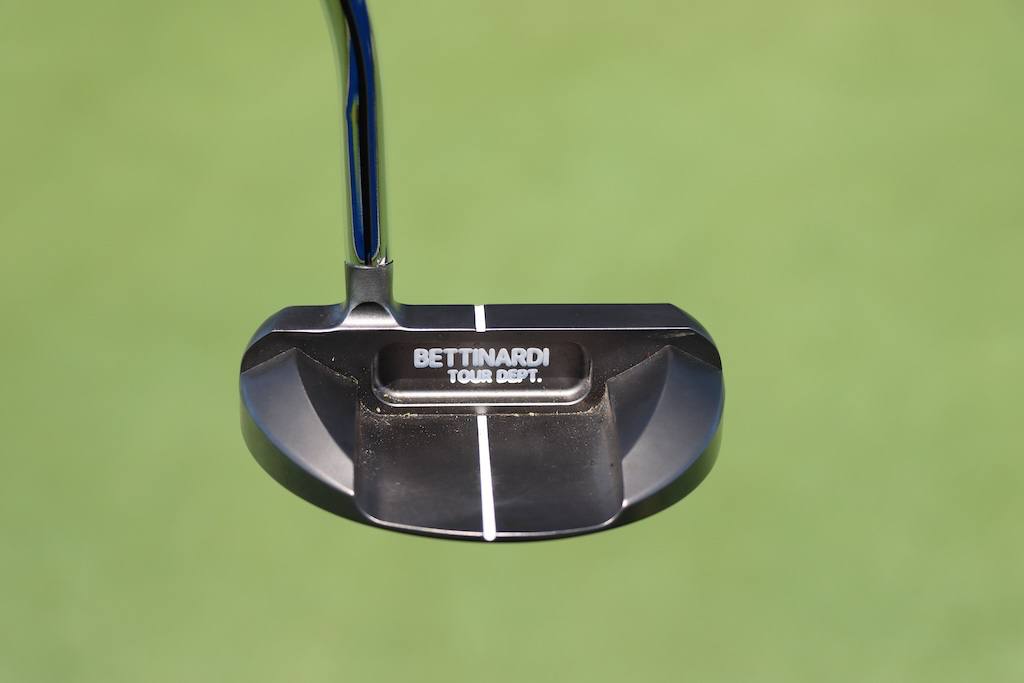
Grips: Golf Pride MCC
Check out more in-hand photos of Alex Fitzpatrick’s clubs here.
- LIKE8
- LEGIT0
- WOW0
- LOL0
- IDHT1
- FLOP0
- OB0
- SHANK0
Equipment
What’s the perfect mini-driver/shaft combo? – GolfWRXers discuss

In our forums, our members have been discussing Mini-Drivers and accompanying shafts. WRXer ‘JamesFisher1990’ is about to purchase a BRNR Mini and is torn on what shaft weight to use, and our members have been sharing their thoughts and set ups in our forum.
Here are a few posts from the thread, but make sure to check out the entire discussion and have your say at the link below.
- PARETO: “New BRNR at 13.5. Took it over to TXG (Club Champ but TXG will always rule) in Calgary for a fit. Took the head down to 12, stuck in a Graphite Design AD at 3 wood length and 60g. Presto- numbers that rivaled my G430Max but with waaaaay tighter dispersion. Win.”
- driveandputtmachine: “Still playing a MIni 300. The head was only 208, so I ordered a heavier weight and play it at 3 wood length. I am playing a Ventus Red 70. I play 70 grams in my fairways. I use it mainly to hit draws off the tee. When I combine me, a driver, and trying to hit a draw it does not work out well most of the time. So the MIni is for that. As an aside, I have not hit the newest BRNR, but the previous model wasn’t great off the deck. The 300 Mini is very good off the deck.”
- JAM01: “Ok, just put the BRNR in the bag along side a QI10 max and a QI10 3 wood. A load of top end redundancy. But, I have several holes at my two home courses where the flight and accuracy of the mini driver helps immensely. Mine is stock Proforce 65 at 13.5, I could see a heavier shaft, but to normal flex, as a nice alternative.”
Entire Thread: “What’s the perfect Mini-Driver/Shaft combo? – GolfWRXers discuss”
- LIKE4
- LEGIT1
- WOW0
- LOL0
- IDHT1
- FLOP0
- OB0
- SHANK4
-

 19th Hole2 weeks ago
19th Hole2 weeks agoDave Portnoy places monstrous outright bet for the 2024 Masters
-

 19th Hole5 days ago
19th Hole5 days agoJustin Thomas on the equipment choice of Scottie Scheffler that he thinks is ‘weird’
-

 19th Hole3 weeks ago
19th Hole3 weeks agoTiger Woods arrives at 2024 Masters equipped with a putter that may surprise you
-

 19th Hole5 days ago
19th Hole5 days ago‘Absolutely crazy’ – Major champ lays into Patrick Cantlay over his decision on final hole of RBC Heritage
-

 19th Hole2 weeks ago
19th Hole2 weeks agoTwo star names reportedly blanked Jon Rahm all week at the Masters
-

 19th Hole2 weeks ago
19th Hole2 weeks agoReport: LIV Golf identifies latest star name they hope to sign to breakaway tour
-

 19th Hole2 weeks ago
19th Hole2 weeks agoNeal Shipley presser ends in awkward fashion after reporter claims Tiger handed him note on 8th fairway
-

 19th Hole1 week ago
19th Hole1 week agoBrandel Chamblee has ‘no doubt’ who started the McIlroy/LIV rumor and why
















Ac
Jun 13, 2020 at 11:50 pm
Redbird creates an outstanding product. On par with the best forging a out there. I’ve had a couple of sets over the years and have always been impressed.
David
Jun 13, 2020 at 2:49 pm
Red bird (Jay and Brandon) are awesome. If I need any work on my clubs I always take it to them. The knowledge and understanding of my swing and needs are top level!